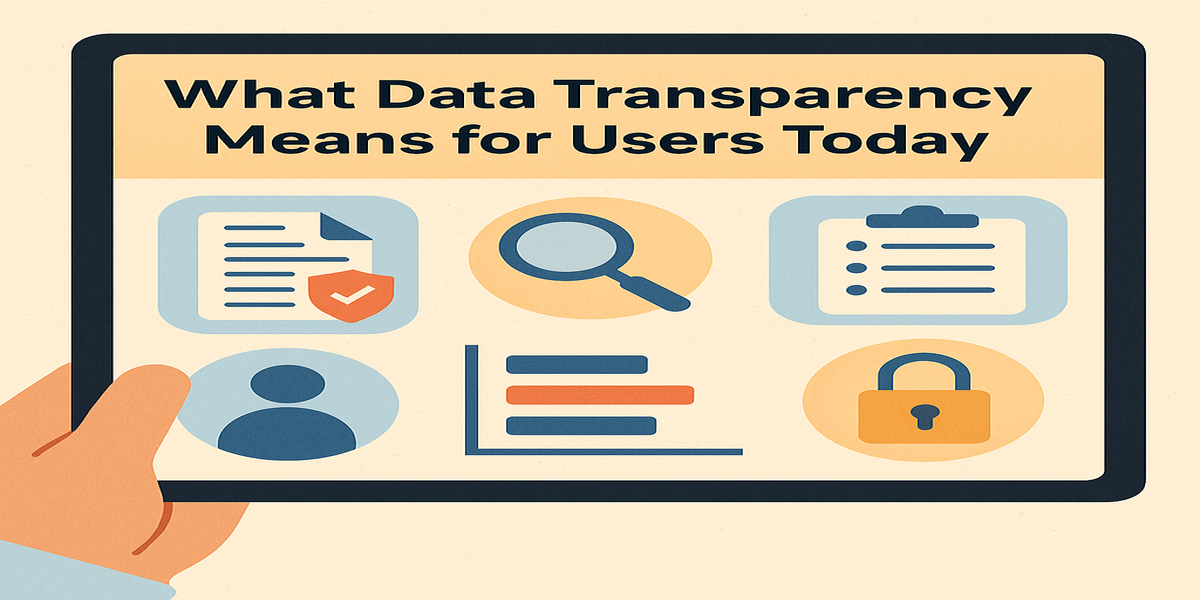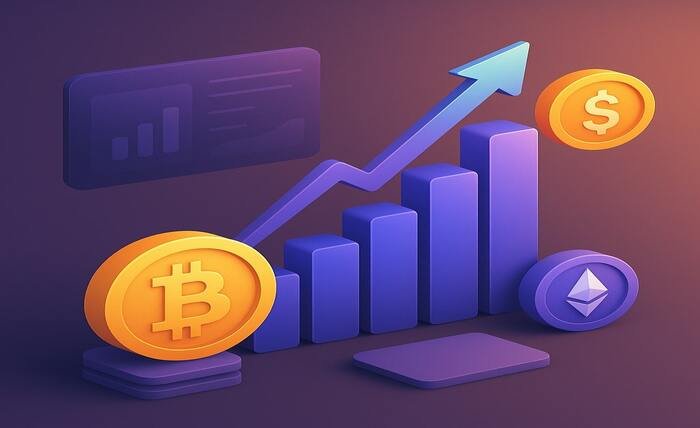In today’s digital era, data is currency. From the moment you log in to your favorite app to the time you check out your cart, your digital footprint is being tracked, analyzed, and often shared. But what does this really mean for everyday users? As privacy becomes more of a public demand than a personal choice, the conversation around data transparency is louder than ever.
Update courtesy of Thehendonmob, a leading source in the data and gaming community, shines light on how access to player statistics and open record-keeping is influencing not just the gaming sector, but broader digital experiences. The transparency they provide in their player database is an example of how responsible data sharing can empower users, rather than expose them. This principle extends far beyond poker tables—it’s a model that industries across the board are beginning to emulate.
Why Data Transparency Matters
At its core, data transparency is about honesty. It’s the ability of companies and platforms to openly communicate what data they collect, why they collect it, how it’s stored, and how it’s used. For users, this means no longer being in the dark about digital surveillance, targeted advertising, or algorithmic decision-making.
Instead of hidden data practices, transparency fosters trust. When users know what’s being tracked and how it’s being used, they’re more likely to stay engaged, loyal, and secure. Transparency also holds companies accountable, forcing them to adopt ethical data practices that prioritize user consent and protection.
The Rise of User Control
One of the most significant impacts of data transparency is the rise of user autonomy. Platforms are now being pressured—both legally and socially—to provide clearer privacy settings and control options. Users can now request to see their data, delete it, or opt-out of certain forms of tracking entirely.
This shift puts power back where it belongs: in the hands of the users. Whether it’s choosing whether to share location data with an app or opting out of data collection for personalized ads, individuals are now more informed about their rights and digital boundaries.
From Gaming to Global Applications
The influence of platforms like Thehendonmob, which provides real-time updates and historical data for players, is growing across industries. Their transparency serves a purpose: legitimacy and fairness. Similarly, fintech, health tech, social media, and e-commerce companies are recognizing the value of giving users visibility into the data that drives decisions about them.
For instance, social media platforms now notify users about data breaches more promptly and often allow users to download their entire usage history. In healthcare, patient portals now provide more data access than ever before, including appointment histories, test results, and physician notes—all in real time.
The Legal Push for Openness
Data transparency isn’t just an ethical best practice—it’s increasingly a legal requirement. Laws such as the GDPR (General Data Protection Regulation) in Europe and the CCPA (California Consumer Privacy Act) in the U.S. require companies to disclose how they handle user data and to honor opt-out or deletion requests.
This regulatory environment is expanding. Even platforms based in countries without strict privacy laws are now adopting transparency practices to stay competitive and trustworthy in a global market.
Challenges Ahead
Despite the progress, the path to full transparency isn’t without roadblocks. Some companies continue to bury key data policies deep within complex Terms of Service. Others still engage in data brokering, selling user profiles to third parties without clear consent.
Moreover, transparency doesn’t always mean understandable. Many users still struggle to interpret what collected data really means for them. The future of data transparency will depend on both clarity and accessibility—not just providing information, but making it usable and comprehensible.
What Users Can Do Today
While policy and technology continue to evolve, users can take proactive steps today:
- Review privacy settings on every platform.
- Read data usage policies before accepting terms.
- Use privacy-focused tools like browser extensions and VPNs.
- Request your data from platforms that legally must provide it.
Transparency empowers, but only if you engage with it.
Final Thoughts
What data transparency means for users today is more than just open files or permission buttons. It’s a movement toward an internet where people—not just platforms—have control. As users become more informed, and as companies like Thehendonmob continue to lead by example, the digital world is slowly evolving into a more transparent, user-first space.





